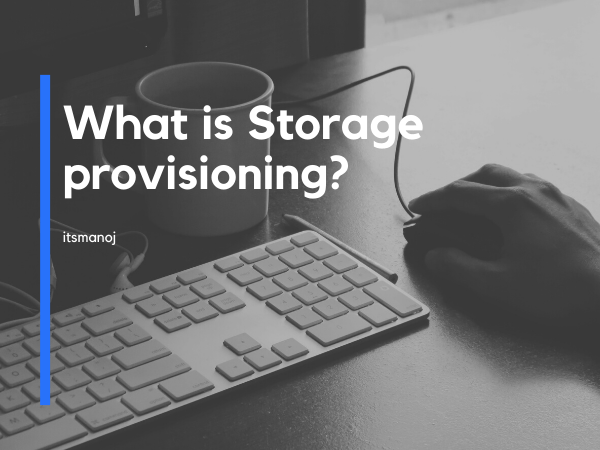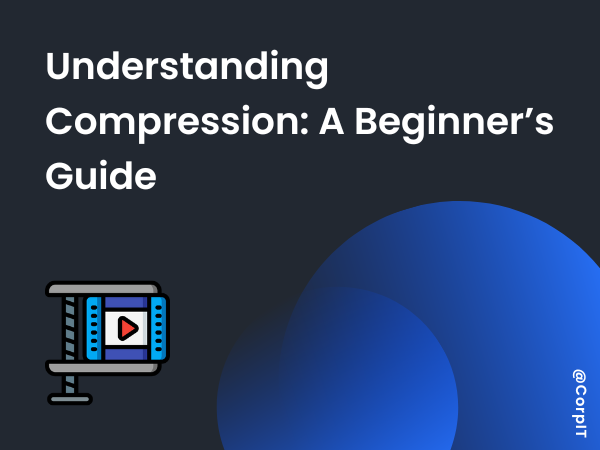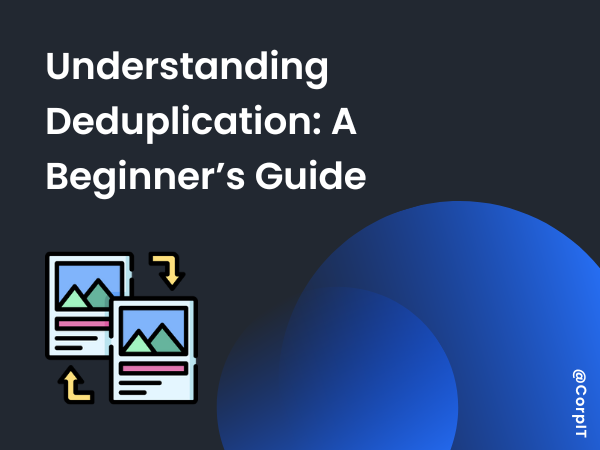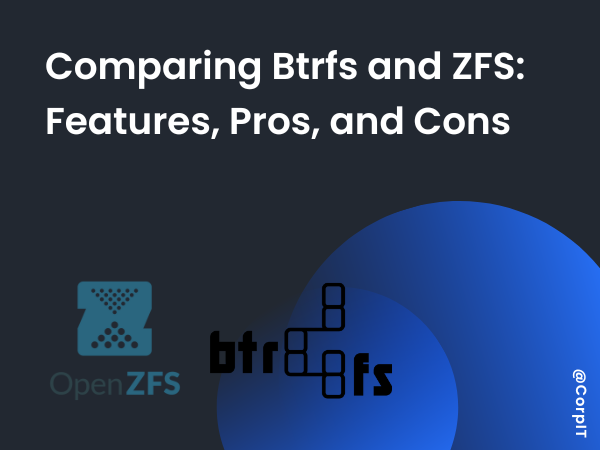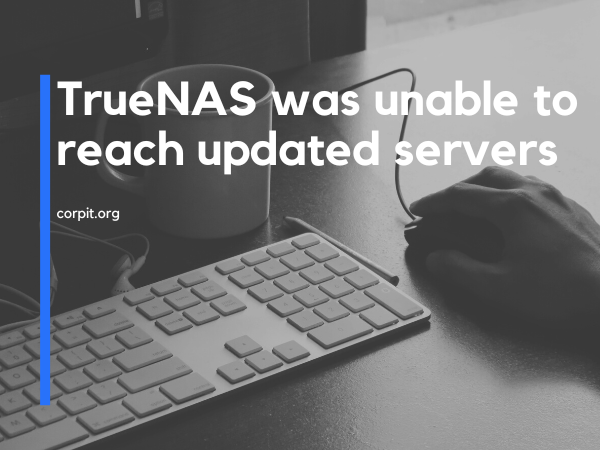In this article will talk about one of the most important topic in storage and that is Storage provisioning. In the IT world you most of the time heard terms like you need for provision this much of storage to this x server or provision space is about to full. So don’t very about those questions will talk about the storage provisioning and how it is use in the IT world.
Table of Contents
What is Storage provisioning?
It is implemented in the storage environment on the SAN, using which we can provision or assign storage in different devices like server, Virtual machine, etc. Its done automatically or some time by storage admin.
Let understand the storage provisioning from a example you have a SAN of 10 TB and you have 10 employees in the company and you required 10 VM for each of them to work. So you assign 512 GB to each employee. That total use around 5120Gb or around 5 TB and you need also setup the share of 3 TB so you create that and in total you use 8 TB of space and still 2 TB of space is left. That extra space we use in future work for that company. So from the above example you understand how you can provision storage in a company. Now we learn about the types of storage provisioning.

Types of storage provisioning
- Thick Provisioning
- Thin Provisioning
What is thick provisioning?
In thick provisioning you tag exact 3 TB of storage from your SAN to the Share. Now if in someone try to create a another share of 3 TB that’s not possible he or she need to add other storage hardware in order to get that space. So thick provisioning is something Hard storage or also known as fat provision. You assign the storage capacity in upfront.
Benefit of thick provisioning?
- Less Latency -> As all the required storage is already allocated to that device.
- Less supervision -> As it is hard assign so we need to monitor the SAN that often in order to check the current storage capacity.
Downside of thick provisioning?
- Costly -> as you need all storage upfront
What is thin provisioning?
Thin provisioning is a virtual provisioning. You created a share of 3 TB but in actual you wont assign the exact 3 TB to that share. So in this way you can better utilize your storage resources. Its like if storage need to add more and more data it start extract the actual size from the share.
Benefit of Thin provisioning
- Reduce the wastage of data.
- You can grow your capacity as per the actual need.
Downside of Thin provisioning
- Constant monitoring required in case of storage capacity reached it leads to an system shutdown.

